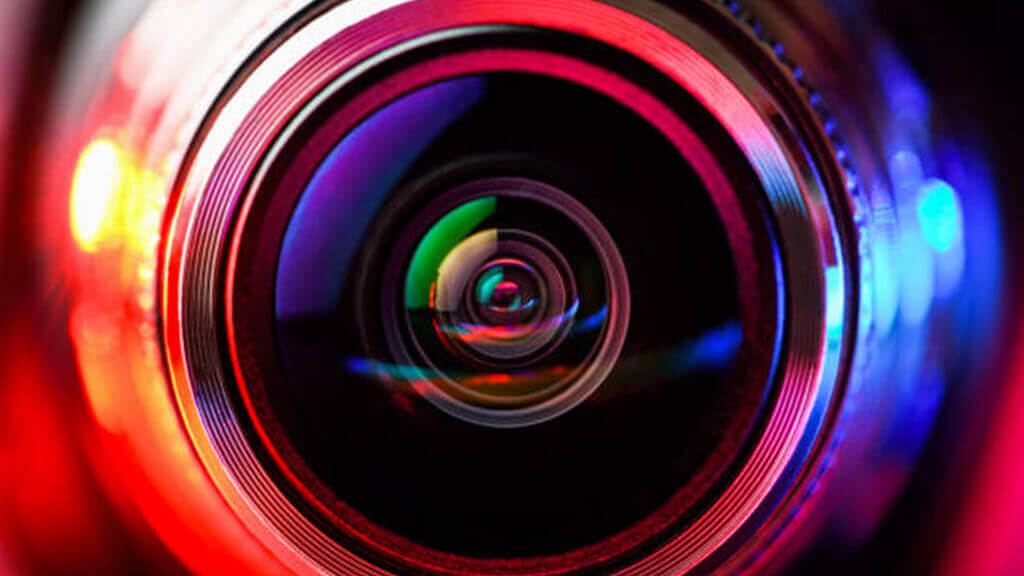A media kit is a pre-packaged bundle of marketing materials designed to promote a person, business, or cause. Media kits are great for introducing a company to new audiences who are so far unacquainted, including influencers, event attendees, journalists, and potential clients. It should entice journalists to cover their business, and also to answer the question, “What do I need to know about this business?” (at a glance, without having to hunt through global sites and media sections by country, etc.)
While a media kit is a compilation of brand information, no two media kits are same. It is significantly more likely to be effective than a basic group of documents when it comes to press kit-making. Media kits used to be handed out after a press conference or other significant event, but starting in the early 2000s, email pitches became the preferred method. Online newsrooms, or a web page linked to the company’s main site, are typically used to pitch media kits.

Need Experts For Your Media Kit Development?
PR essentials to consider for How to Create a Media Kit
Online newsrooms replaced PDF media kits as best practise around five years ago, although some prefer to flow along their established ways, means and channel approaches (and thusly expect this PR agency of record to do the same). Online media kits are easier to update (constantly, if so be it), more user-friendly, and may be indexed by search engines for more online presence which is a great SEO boon to your business. Still though, the modern media kit continues to serve as a one-stop shop for information for a journalist or media outlet doing a storytelling on the firm.
What Goes in a Media Kit?
Media kits and supplementary material may be customised in countless ways, but these are solid starting points, in essence always containing:
• A history of the brand and corporation; Historical info and history of brand development & milestones
• Contact details, social media connections, and availability for interviews or consultations (if applicable)
• Brand stats, such as founding date, headquarters, personnel numbers, and consumers served.
• Links to and snippets from press releases and major company announcements
• Images and videos, such as the logo and significant employee headshots
• The company’s future objectives and ambitions
• A possible client or partner’s offer; further information on promos, loyalty programs, sales etc.
• Sponsorship criteria like posting frequency, brand description words, and content genres the firm is ready to pay for
• Why should users care about the products? Who Will See the Media Kit (and Why?)
Journalists and content providers seeking information for media coverage need media kits
A media kit has all the information they need, so they don’t have to contact the firm. Because of this, the media kit must be the finest possible portrayal of the brand. In this sense, the media kit substitutes a phone conversation, interview, or face-to-face introduction with the journalist.
In 2020, media kits may also be used to form collaborations with influencers and other firms seeking to promote their products. Direct influencers to the media kit, or let them find it. In either case, utilise the media kit to tout the company’s achievements. Similar to a CV, a media kit informs potential business partners what the brand can provide and why they should collaborate with it.
Modern Media Kit Benefits
Business is becoming increasingly digital (we know, you’ve been hearing the same thing since 2002…), especially in light of the COVID-19 epidemic. Media targets benefit from digital PR and media kits on the company’s website or online newsroom.
Modern media kits are versatile. A corporation may link a media kit on any platform, whether it wants to advertise it on social media, or give it to a content producer via Instagram DMs. The firm may also update a media kit as needed and correct any faults found after release. There’s no need to worry about errors on 100 physical copies of documents any more. A digital media kit also allows total control over the media used to cover a brand. Create attractive images that communicate a brand’s story and increase appeal. In summary (for stripped back ease), media kits should attract inbound PR attention and offer journalists enough information to showcase the business.
Ideas for creating a Media Kit
The format for media kits differs by firm. Some employ infographics and images to provide vital information about a brand; others go text-heavy, and the “correct” approach depends on whatever it is you want to say.
Some businesses still use physical media kits for big events like press conferences and conventions, even if most are digital. This is particularly common in Bangkok and via PR agency in Thailand. It was, until recently still delivered on CD-ROM by many of Thailand’s last—agencies…!
Better PR Is Ready For You. Are You?
Publish Your Stories on 250+ News & Social Channels
Download Excel File (.xls)
310 client reviews (4.8/5)
You might be also interested in this ...
January 23, 2023
How Does Press Release Help Improve Your Google Ranking?
July 19, 2022
Top 20 Newspapers in Thailand
July 19, 2022


